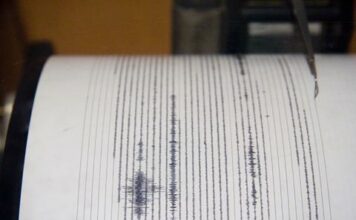Gilroy
– The state Environmental Protection Agency has confirmed its
public health goal for perchlorate at 6 parts per billion.
Gilroy – The state Environmental Protection Agency has confirmed its public health goal for perchlorate at 6 parts per billion.
Confirming the public health goal allows another state agency, the Department of Health Services, to set a drinking water standard or maximum contaminant level. The DHS is expected to release that standard later this year. It cannot be lower than the health goal.
Joan Denton, director of the Office of Environmental Health Hazard Assessment, said last week that a perchlorate study released in January by the National Academy of Sciences provided “strong support for the approach that we took in developing our public health goal,” which was first set in March 2004.
OEHHA scientists rejected calls from defense industry lobbyists that the goal rise as high as 216 parts per billion, and environmentalists who argued that the goal should be as low as 1 part per billion to protect infants. Relying on data collected by the U.S. EPA, OEHHA officials said infants are protected because they urinate frequently enough to pass higher levels of perchlorate, which has not been shown to accrete in humans.
The health goal and drinking water standard could have major consequences on the cleanup of perchlorate in San Martin and Morgan Hill. Perchlorate was discovered in 2000 at the site of a former road flare factory operated by Olin Corp., on Railroad Avenue in Morgan Hill. The plume has spread about 9.5 miles to the south and east of the site, contaminating more than 1,000 wells in the area.
Today, the State Water Resources Control Board will hear arguments on its tentative decision to stop bottled water delivery to San Martin residents whose water comes from wells that test at levels between 4 and 6 parts per billion.
The state board has said clean up orders need to defer to the public health goal and drinking water standard. The Central Coast Regional Water Resources Control Board, which ordered Olin to provide the water ordered Olin to submit a final cleanup plan for the contaminated sites, has argued that deferring to those standards may undercut its authority under state law to set cleanup standards.












